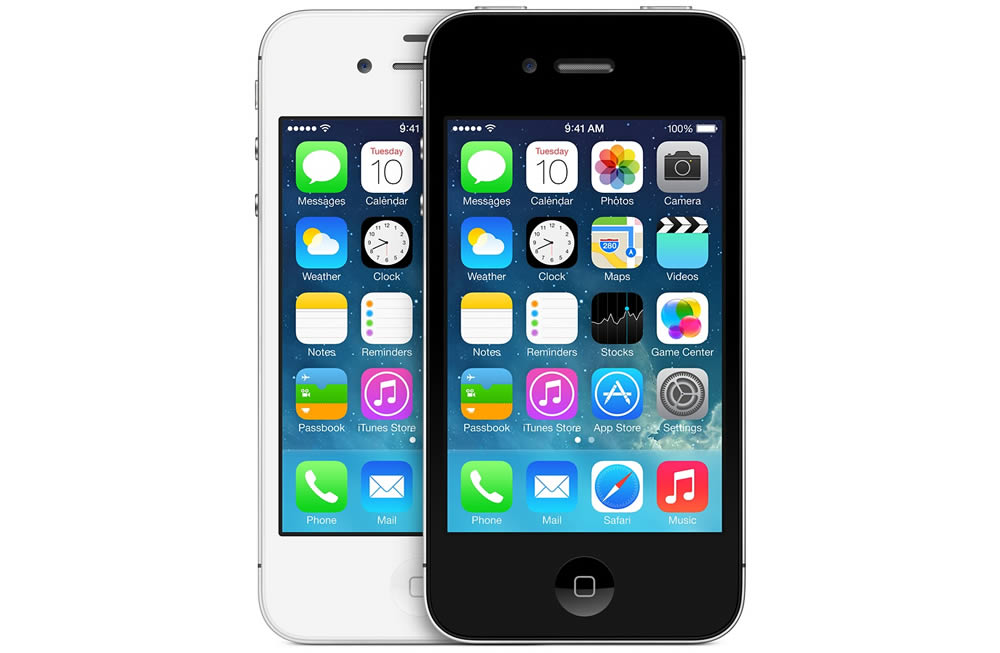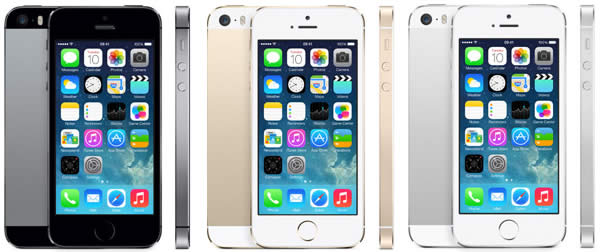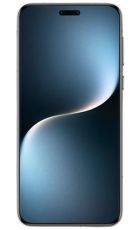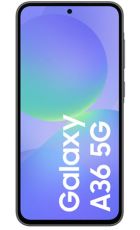REVISITED: Apple iPhone 4S v Apple iPhone 5S: Which of Apple's iPhones is the better buy ?
The iPhone 4S is no longer available from Apple, but it can still be found online, while the newer iPhone 5S has entered a budget slot below the iPhone 6 in Apple’s range.
So both of these phones are relatively affordable as iPhone’s go and as you’d expect the iPhone 4S is the cheaper of the two, but the differences don’t end at price. So if you’re wondering just what you’ll get for your money and which budget iPhone to go for we’ve got the answers.
Apple iPhone 5S vs Apple iPhone 4S – Build quality

The iPhone 4S has a glass back and stainless steel edges, giving it the premium look and feel that you’d expect from an Apple handset. At 115.2 x 58.6 x 9.3mm it’s quite compact and slim too.
The iPhone 5S has a slightly different design, with a mostly metal back, albeit with a glass strip at the top and bottom for a two-tone effect. If anything it looks even better than the iPhone 4S, but they’re both great looking phones. At 123.8 x 58.6 x 7.6mm it’s longer to account for the bigger screen, but it’s also thinner.

Power and operating system
The iPhone 4S has a 32 bit 1 GHz dual-core Apple A5 processor and 512 MB of RAM. That’s not much but it’s served the 4S well. Out of the box it runs iOS 5, but it’s upgradeable to iOS 8, which is the latest version. The only thing to be aware of is that Apple are likely to stop supporting it before too long, so it may not get subsequent versions of the OS.
The iPhone 5S has a 64 bit 1.3 GHz dual-core Apple A7 processor as well as 1 GB of RAM, making it a lot more powerful than the iPhone 4S. It also of course can be updated to iOS 8 and is likely to remain supported for another year or two at least.
Apple iPhone 5S vs Apple iPhone 4S – Display
The iPhone 4S has a 3.5 inch 640 x 960 IPS LCD display with a pixel density of 330 pixels per inch. It’s a very high quality screen with great contrast, but at just 3.5 inches it’s very small compared to most phones these days.
The iPhone 5S has a 4 inch 1136 x 640 IPS LCD display with a pixel density of 326 pixels per inch. The overall quality is just as good and it’s slightly larger. It’s also widescreen, which makes it great for watching films on.
Power and operating system

The iPhone 4S has a 32 bit 1 GHz dual-core Apple A5 processor and 512 MB of RAM. That’s not much but it’s served the 4S well. Out of the box it runs iOS 5, but it’s upgradeable to iOS 7 which is the latest version. The only thing to be aware of is that Apple are likely to stop supporting it before too long, so it may not get subsequent versions of the OS.
The iPhone 5S has a 64 bit 1.3 GHz dual-core Apple A7 processor as well as 1 GB of RAM, making it a lot more powerful than the iPhone 4S. It also of course runs iOS 7 and is likely to remain supported for the next few years at least.
Apple iPhone 5S vs Apple iPhone 4S - Camera
The iPhone 4S has an 8 megapixel camera with a single LED flash. It can shoot 1080p video at 30fps and has a VGA front facing camera.
The iPhone 5S also has an 8 megapixel main camera, however it has a dual LED flash, auto image stabilisation and a ‘True Tone’ feature which ensures that colours look more natural. It also trumps the 4S in video capabilities as it can shoot slow motion video at 120fps (as well as 1080p video at 30fps). It has a 1.2 megapixel camera on the front.
Battery life, memory and connectivity
The iPhone 4S has a 1432 mAh battery capable of up to 200 hours of standby time or 8 hours of talk time, while the iPhone 5S has a 1560 mAh battery which can manage 250 hours of standby time or 10 hours of talk time.
The iPhone 4S can be found with 8, 16, 32 or 64GB of storage. The iPhone 5S comes with a choice of 16 or 32GB of storage if bought from Apple, but there are still 64GB versions floating around too, so they’re available in similar capacities.
The iPhone 4S supports Bluetooth 4.0, Wi-Fi and 3G, while the iPhone 5S supports all of those as well as 4G. So with a 4G contract mobile data will be a lot faster on the iPhone 5S and it’s far more future proofed as a result.
Apple iPhone 5S vs Apple iPhone 4S – Price
The iPhone 4S can be found from under £250 if you shop around, while the iPhone 5S starts at £459 for the 16GB version, going up to £499 for 32GB. Obviously then it’s a lot more expensive than the 4S, with the cheapest version coming in at roughly £200 more.
Apple iPhone 5S vs Apple iPhone 4S - Conclusion
Both the iPhone 4S and 5S are great phones in their own way, though the 4S is starting to feel a bit dated these days. The 5S is better in just about every way and is likely to be supported by Apple for a while longer, but it’s also far more expensive and there are still those who prefer the small 3.5 inch screen of the 4S.
For us, the extra power and features of the iPhone 5S justifies the price hike, but the iPhone 4S is a great lower end option.








